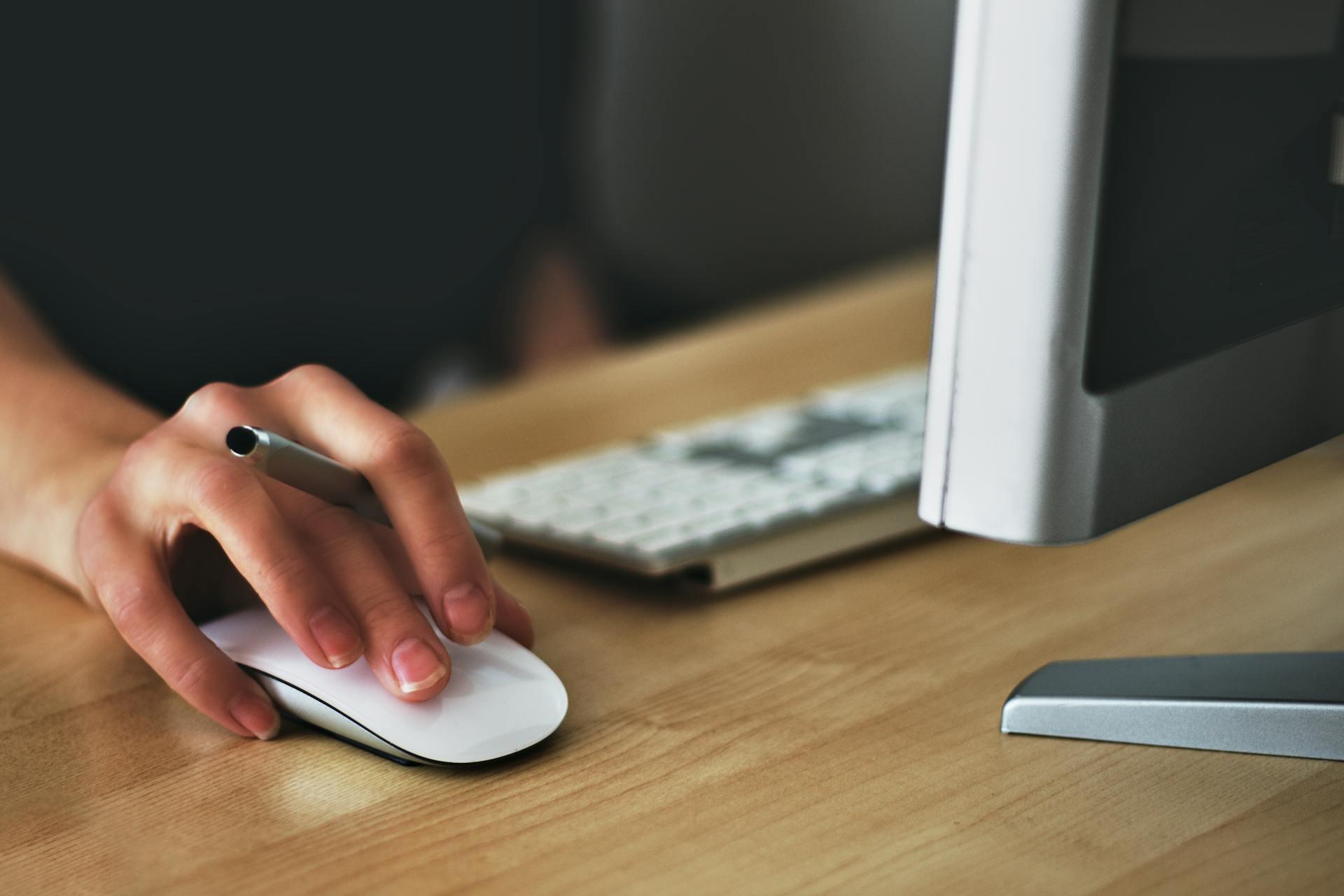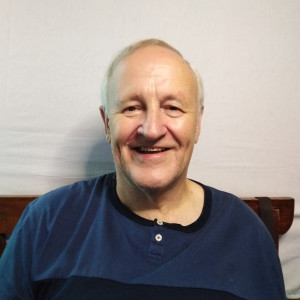Computer hardware has evolved a lot since its beginnings. You can now create your own PC on spec depending on whether you want to edit videos or have a high-end gaming machine. Computers are made up of a lot of different parts and they all have their own unique role to play in making it function, whether you use your computer for designing software or just surfing the internet and watching silly videos.
But what is a computer really made of and how does it actually work? Here are a some answers that will help you become much better educated on PC hardware.
| Component | Function |
|---|---|
| Central Processing Unit (CPU) | Acts as the brain of the computer, performing calculations and executing instructions. |
| Memory (RAM) | Temporarily stores data and programs currently in use for quick access. |
| Storage (HDD/SSD) | Provides long-term storage for files, programs, and the operating system. |
| Motherboard | Connects and allows communication between all components of the computer. |
| Graphics Processing Unit (GPU) | Handles rendering of images, videos, and animations, especially in games or design. |
| Power Supply Unit (PSU) | Converts electrical power to the correct voltage for the computer's components. |
| Cooling System | Prevents components from overheating by dissipating heat. |
| Input Devices | Allows users to interact with the computer (e.g., keyboard, mouse). |
| Output Devices | Displays or outputs results of computer processes (e.g., monitor, speakers). |
| Network Interface | Connects the computer to the internet or other networks for communication. |

What Is a Computer?
A computer is basically a machine that executes operations and calculations. It is, in fact, a very complex calculator.
Nowadays, a computer can be a PC or a Mac - though, all rivalry aside, they are both the same thing at their core: let’s take a moment to remember that PC simply means Personal Computer. It is there for a private user. That user can make it perform complex operations and interact with it using various hardware and software interfaces. It first appeared at the beginning of the 1980s when IBM launched its first PC/XT.
Unlike the other “micro-computers” of the time, these computers were made out of standard components that were easy to duplicate.
Today, the PC (whether from Apple or another firm such as Asus or Dell) is still the most common type of computer in use today. There are a myriad of other computer types, of course - for example, a car’s on-board computer or the computer that powers industrial robots or the metro.
What Is a PC Composed of?
Whether it’s a tower PC, a desktop unit or a laptop, all computers have the same components:
- A screen or monitor
- A keyboard
- A mouse or touchpad/trackball for laptops
- A central unit - the heart and mind of the computer
The Computer Monitor
The monitor is the part of the computer that displays the data. It is part of the human-machine interface. It is thanks to the computer screen that the user can interact with the computer. Typing on the keyboard or using a mouse modifies the data that is displayed accordingly.
Monitors can vary greatly in size. The history of computers is fascinating and as you would expect, monitors have evolved a lot – there were initially some rather "LoFi" monitors out there with very low resolution displays.
The numbers - usually given in inches - designate the screen’s diagonal. There are very compact laptop screens: 10 inches for the smallest laptops and netbooks. Office computers start at around 15 inches and can go up to 27 inches or more, especially if you decide to hook the computer up to a TV screen.
Resolution and prices vary as well. For example, a 24 inch screen usually has a resolution of 1920 x 1080 pixels, or high definition. Screens can be plugged in using the VGA, DVi or HDMI connections.
Did you think the monitor was the actual PC? You might want to invest in IT classes - our Superprof tutors are eager to help you become computer-literate.
The Keyboard
One of the computer’s external hardware components. It lets you write text and communicate with the computer. Keyboards generally have about a hundred keys: the letters of the alphabet, numbers, punctuation marks and special functions. It is, in a way, the descendant of the typewriter.
There are several types of keyboards: wireless or not, with touchpad or without, gaming keyboards, specialized keyboards with additional keys and functions, and many more!
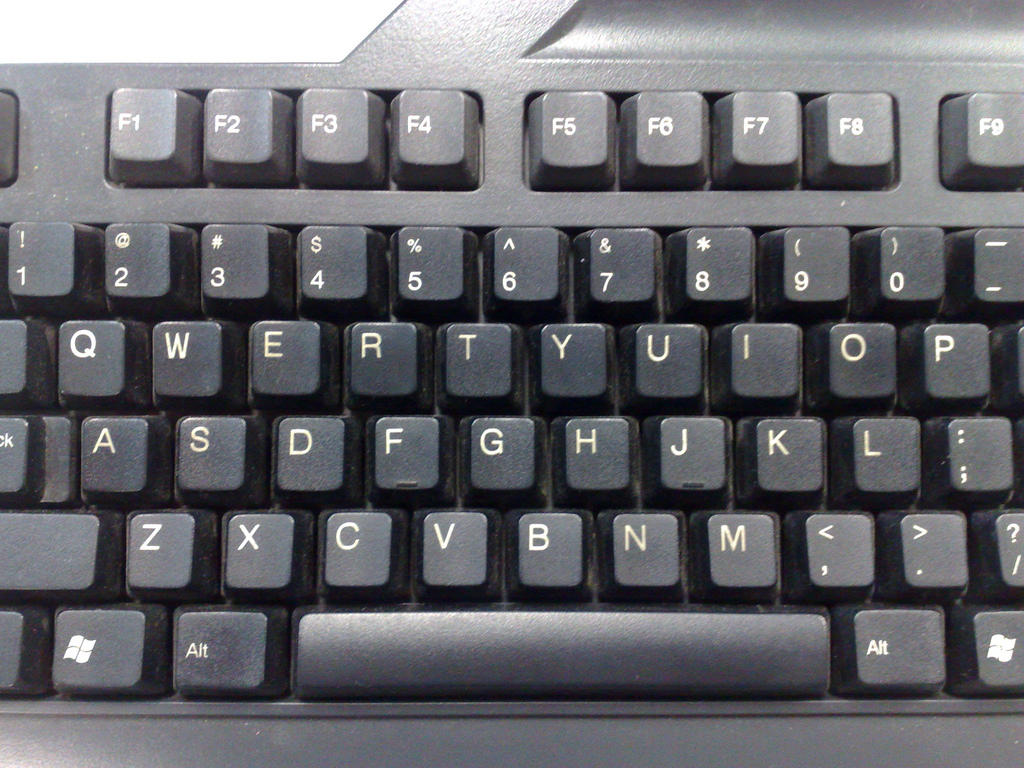
The setup of the keyboards varies according to the language: English-speaking countries use the QWERTY keyboard (the first letters of the top row); other countries have different setups.
The Computer Mouse
The mouse is what lets you move the cursor (that little arrow) on the monitor. It lets you position it over certain elements and select them by clicking on the left button ("left-click") or access certain functions by clicking on the right one ("right-click). Most have a little wheel in the middle that lets you scroll up and down in text documents and websites (some have a touchpad in the middle instead). Whether you are exploring Facebook and other social media or you are playing a game, the mouse is a key piece of kit.
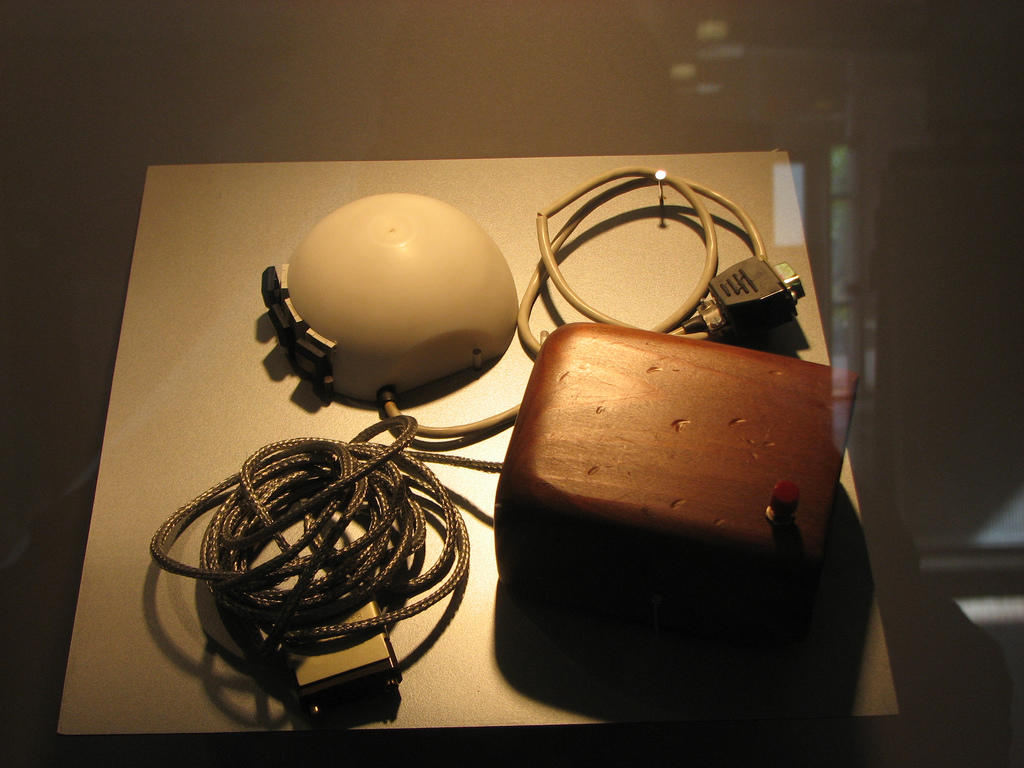
Mice have a motion captor on their underside. Now it is usually optical or laser-based, but some old-timers may remember the ball. You can buy plug-in mice that connect to your computer with a wire and wireless mice for which you only need to plug in a little captor to a USB port and make sure it is charged or change its batteries from time to time.
A mousepad can help your mouse track correctly if the surface of your desk is a little rough or unusual. Laptops and netbooks may not need a mouse: they often have a trackball or touchpad just under the keyboard that fulfills that role. You would indeed need a mouse or other pointing device if you were taking online computer courses!
The Computer’s Central Unit
This is the casing that contains all the electronic material necessary for the computer to function. The keyboard, monitor and mouse are connected to it - with wires or via a wireless connection (Bluetooth, for example). This is also where you will attach USB devices and where your CD-ROM/BluRay player is located (assuming you still have something so old-fashioned). The internal parts of a computer are shown below, but there are some different variations of this depending on the setup.
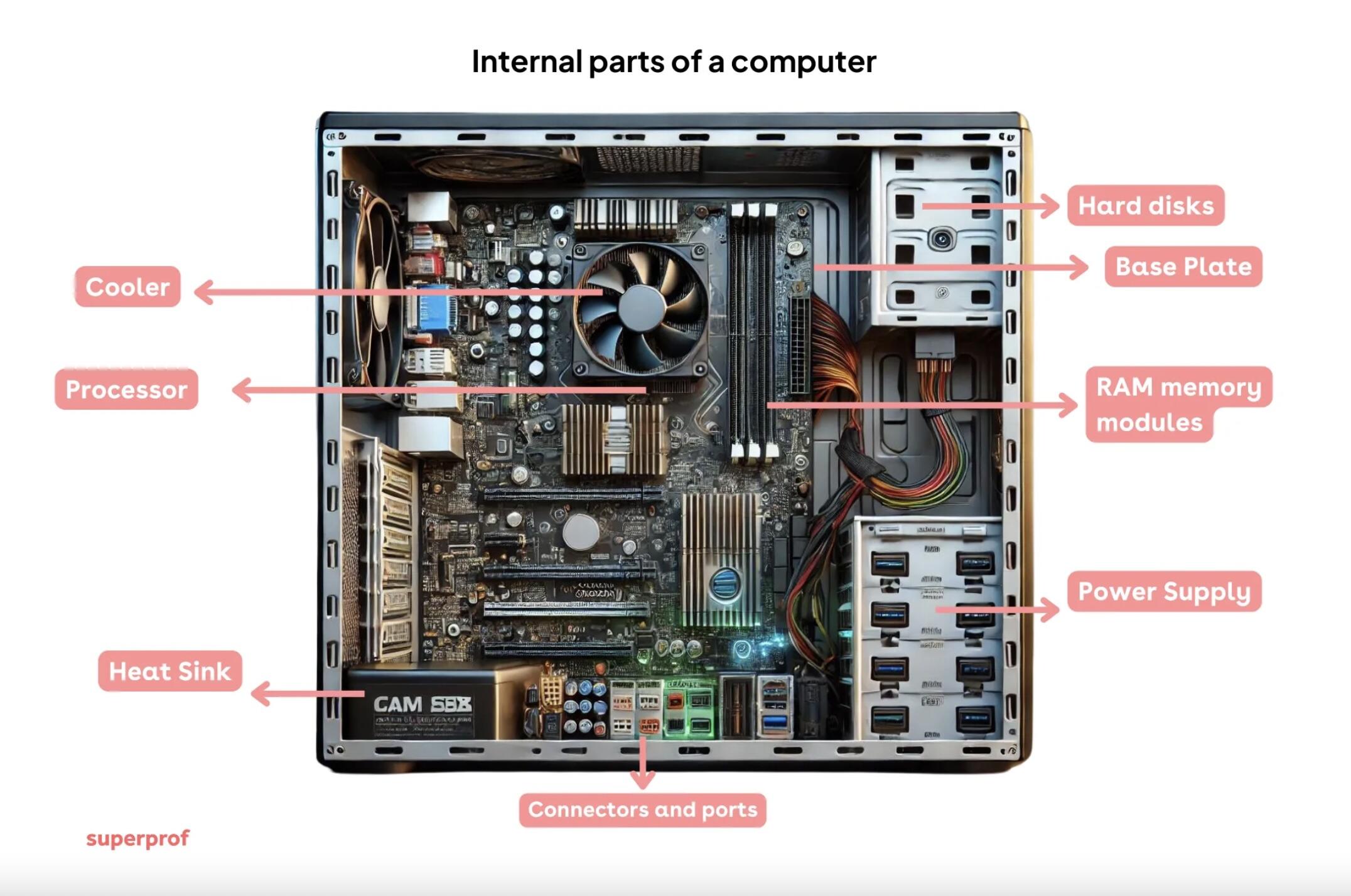
Now, some computers group everything together, and the central unit can sometimes be integrated into the monitor (for iMacs, for example) or under the keyboard (laptops).
The central unit will contain the CPU (the brain), the hard drive (memory), the motherboard (the central nervous system) and the power unit (heart and lungs).
Anatomy of a Central Unit
PC components are not visible from the outside - you have to open the casing to see what electronics make it work. Underneath it you will find a CPU as well as a hard drive, motherboard, power unit, RAM, and a graphics card.
The CPU
The Central Processing Unit or CPU is the computer’s brain. It organizes the data exchange between the various components (RAM, hard drive, graphic card…)
Its main tasks are:
- Accessing data stored in memory
- Processing data
- Storing data in the memory
It is the CPU that does the calculations that allow the user to interact with the computer and display data on the monitor. At the time of writing, processors can reach 3Ghz and some computers have several processors working in tandem.
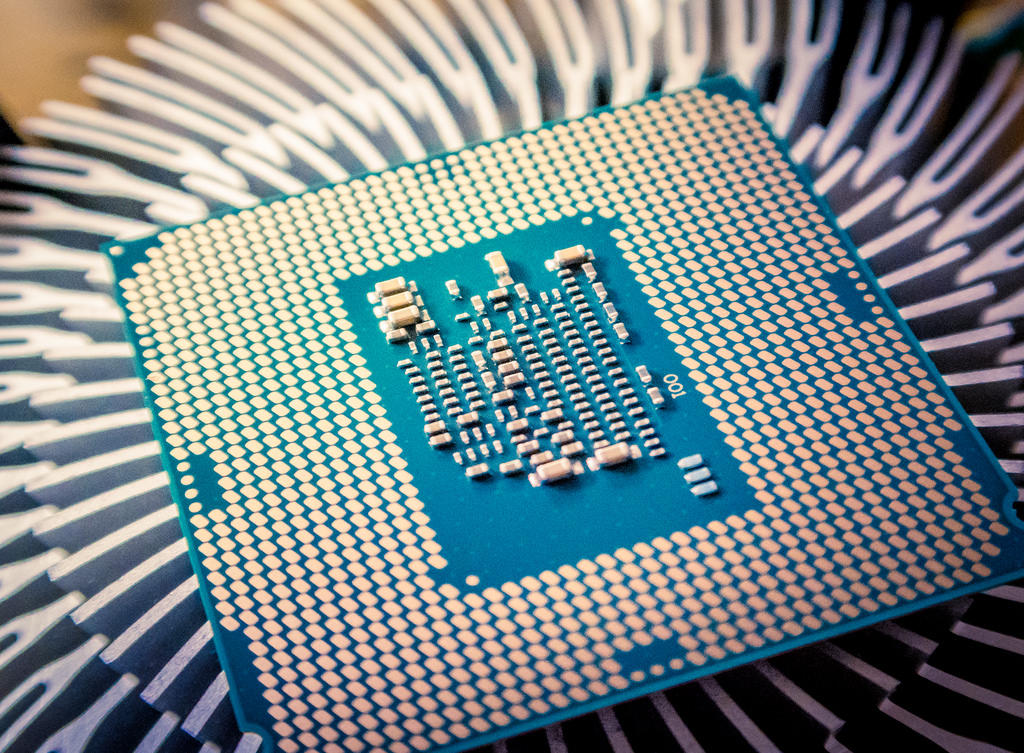
This means they are capable of processing billions of information packets per second and accomplishing complex calculations that are at this moment pioneering advances in science and medicine. Your computing power will depend on the type of processor you have.
Your Computer’s Hard Drive
While it’s important to consider what kind of processor is integrated into your computer, don’t forget to look at its hard drive, too.
It’s your computer’s long-term memory. Its role is to save computer data. The hard drive containes the operating system, whether it’s Windows, MacOS or Linux, the programmes you installed, your files and and yourother data.
The average capacity of new hard disk drives has grown from 1TB in 2015 to over 10TB in 2024.
It stocks information using a binary system. Today, you can save several terabytes of information (over 1 000 gigabytes), the equivalent of hundreds of thousands of photographs, thousands of videos or millions of text documents. As the world's best and most famous programmers have extended what computers can do, the demand for HDD space has increased.
There are several types of hard drive:
Classical hard drives: They contain mechanical pieces including a read head that positions magnetic discs to read and write data
SSD hard drives: They do no have mechanical pieces and can retrieve data more rapidly.
External hard drives: Used to backup your data and your internal hard drive.
The Motherboard
The motherboard is the main component of the central unit. It centralizes and processes the data exchanged within the computer with the help of the processor, which is attached to it. It links the hard drive, mouse, keyboard, network, USB ports, etc. together.
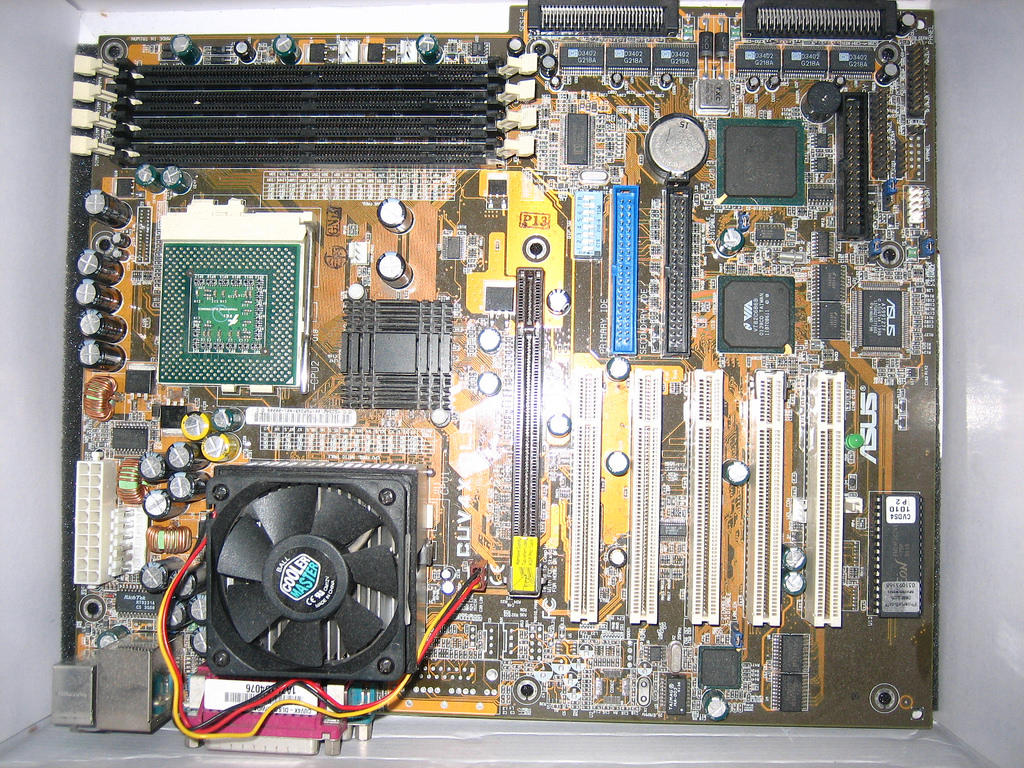
This is the central nervous system onto which all the other computer components are plugged in.
The motherboard is a printed circuit connected to a chipset (a set of components that control almost of all of the motherboard). The chipset components are soldered directly onto the motherboard, and it is they that dictate what sort of processors and memory chips can be used with this computer. From 1995 on, almost all motherboards use the ATX format.
The Computer’s Power Supply Unit
Obviously, nothing works without electricity. You computer receives its power through the power supply. It transforms the power from the wall socket to the right voltage for the computer and sends it on to the motherboard. It is also directly linked to certain mechanical components such as the CD-ROM drive.
Transforming the current results in a loss of energy that takes the form of heat. Therefore, a ventilation system is also installed in an adjacent unit and expulses the warm air through the back of the computer. 400 Watts is usually enough, but some power supply units can go up to 1000 watts!
Working Memory, or RAM
RAM (Random Access Memory) is a type of volatile memory accessed by the processor. It stores the data currently in use.
The RAM’s particularities are:
- Its fast access speed
- Its temporary aspect: all data in the RAM is lost once the computer is turned off.
RAM memory cards range from 256 megabytes to 2 gigabytes depending on the processor, the motherboard’s computing capacities and the use you make of your computer.
You would go much more in depth on the study of these components in your IT courses.
The Graphic Card
If you are a gamer, a good graphic card is important. It takes over the conversion of computer code into visual data, taking some of the workload from the processor, which can use the free capacity to load other game data. A graphic card is useful as soon as you are working with high-quality images - as a graphic designer, for example, or a printer. Alternatively, the motherboard chipset can also integrate a graphic card.
Additional Computer Parts
These days, most screens include a webcam. But there are other accessories including external webcams that you can attach to your computer to expand its functions:
- A printer
- A scanner
- A webcam (usually integrated on the screen)
- An internet connexion (by wire or WiFi)
- USB (Universal Serial Bus) sticks or other devices
- A memory card
- A controller

Today, almost all external hardware can be attached through the USB port - no more guessing which port to use for your mouse or printer!
With Superprof, you can learn more about computers and how they work with one of many IT tutors that we can connect you to. Whether you are a total beginner or you are looking to work in computing, you can enhance your knowledge in a one-to-one setting with Superprof.

